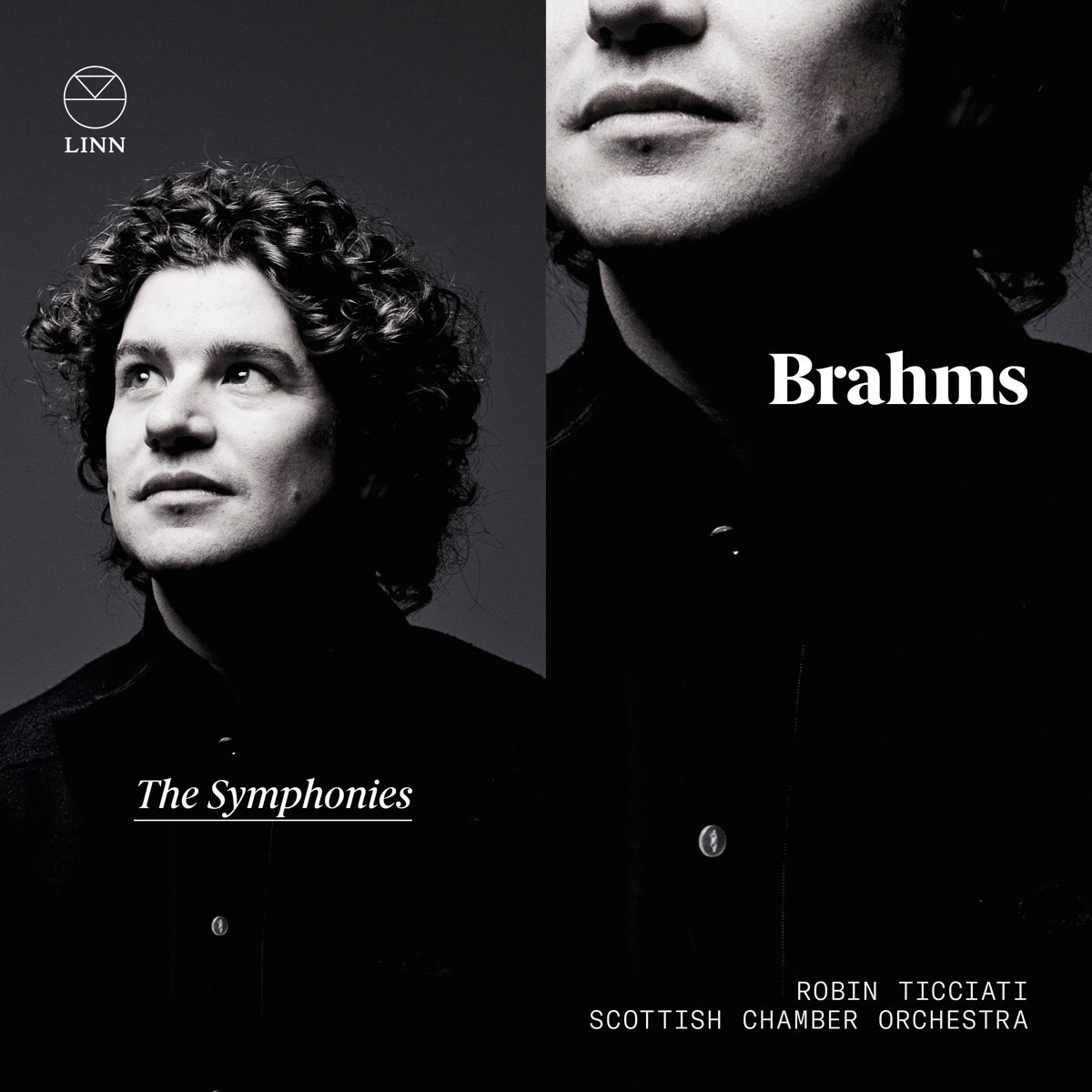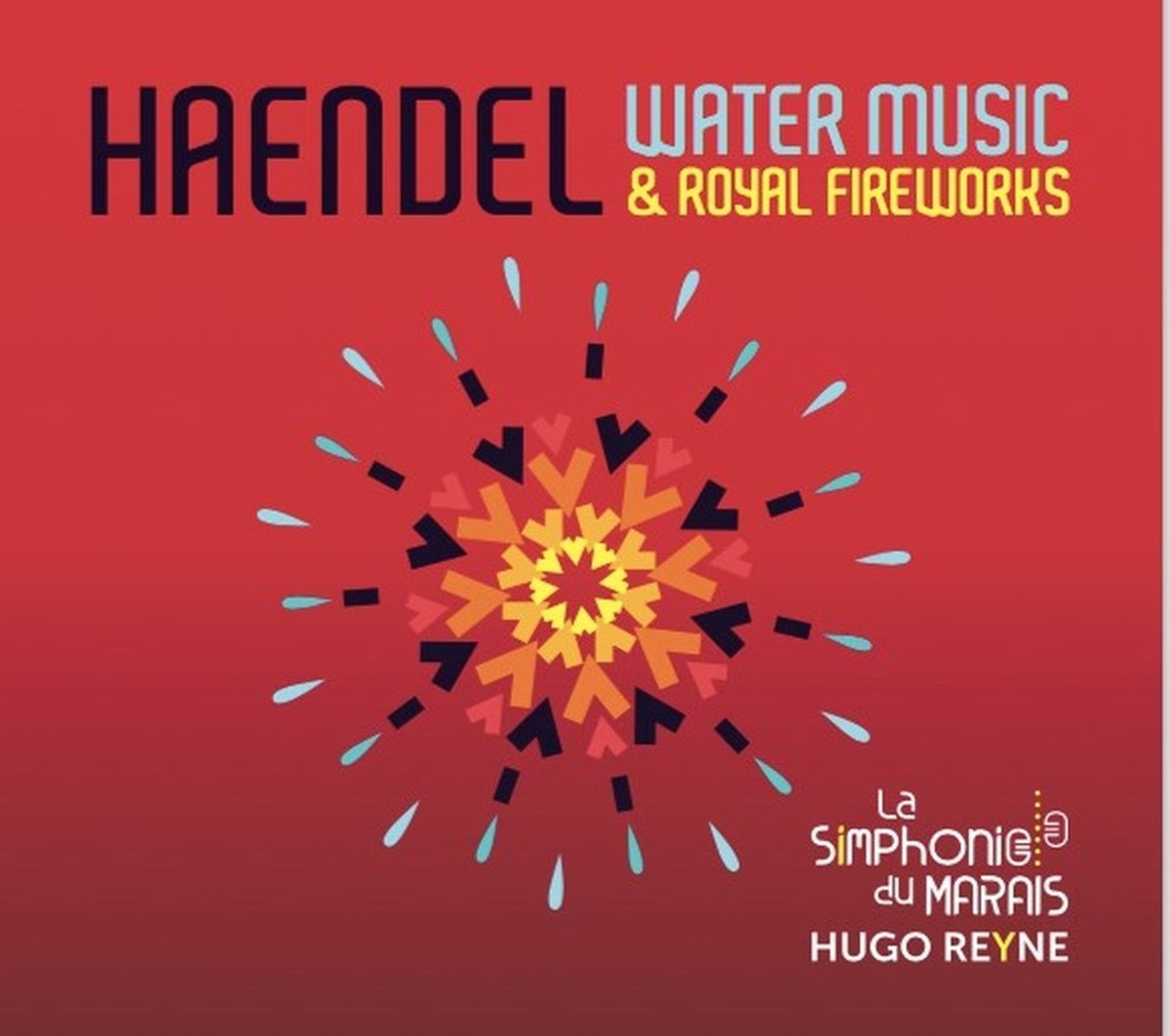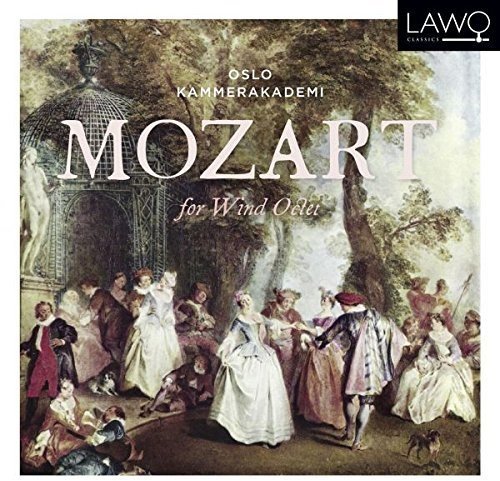 Brahms: Symphonies 1-4 Scottish Chamber Orchestra/Robin Ticciati (Linn)
Brahms: Symphonies 1-4 Scottish Chamber Orchestra/Robin Ticciati (Linn)
Slimmed-down Brahms is more common than it used to be, and geeks will probably cherish a pioneering set recorded in the 1990s by Sir Charles Mackerras with the Scottish Chamber Orchestra. Robin Ticciati’s new cycle, taped in Edinburgh’s Usher Hall last May, is superb on its own terms, though his isn't the only way to play Brahms. Don't chuck out those Karajan LPs just yet. Who's to know exactly what these pieces sounded like when first performed, and how big a complement of strings Brahms preferred? The gains here come in terms of clarity, Ticciati embracing Brahms’ critics’ jibe that these works were more chamber music than ‘proper’ symphonies. Winds are magnificent: if there's a more seductive oboe sound than that emitted by principal Mizuho Yoshii, I'm yet to hear it. Narrow-bored trombones lend Symphony No 2’s brassier moments huge punch (check out the descending scales in the finale’s coda), and horns (led by Alec Frank-Gemmill) use Viennese instruments. More striking still is timpanist Matthew Hardy’s use of hard sticks. You can actually discern the notes instead of the usual woolly thuds. Very occasionally I would have preferred more weight in terms of lower strings, but that's about as far as my reservations go.
That all four symphonies fit onto a pair of discs is telling: Ticciati's penchant for flowing speeds often makes for an exciting ride. The Allegro of No 1’s first movement bounces along, a compelling blend of jauntiness and menace. The closing minutes of the same work are exultant, Ticciati offering just the slightest slowing when the trombone chorale returns, before a dizzying rush to the finish. Magical moments abound: the first movement of No 2 winds down in enchanting fashion, and how good to hear a proper allegro con brio tempo at the start of No 3. Ticciati relishes the divisi string writing near the same symphony’s close - I'd go as far as to suggest that this is the best recent recording of the work I've heard. No 4’s melancholy is tempered with plenty of fire. The shift in mood from the scherzo's bright C major to the last movement’s doomy E minor chorale is startling, as if someone's abruptly switched out the lights. All wonderfully recorded, and a fitting way to mark the end of Ticciati’s tenure at the SCO.
 Handel: Water Music, Royal Fireworks La Simphonie du Marais/Hugo Reyne (Musiques à la Chabotterie)
Handel: Water Music, Royal Fireworks La Simphonie du Marais/Hugo Reyne (Musiques à la Chabotterie)
Baroque flautist Hugo Reyne’s period band La Simphonie du Marais have been up and running since 1987, based in the charmingly-named La Chabotterie in Vendée, western France. They've built up a sizeable discography but remain little-known in the UK. Hopefully these vibrant, entertaining performances of baroque blockbusters will change that. This Handel disc had me beaming like a toddler gorging on chocolate. Reyne's irreverent-but-respectful approach is signalled by the first track, a collage of nautical sound effects capped by a a trumpet fanfare and a few spoken words. Dive into the “Overture” to Handel's Water Music and relish the mixture of spikiness and warmth, the dotted rhythms suitably incisive. Faster movements have exhilarating bounce and joie de vivre. Horns and trumpets are just raucous enough, and there's some lovely flute and oboe work from Reyne and Christian Moreaux.
Reyne's royal barge meanders like a Mississippi steamboat drifting towards New Orleans, giving his players license to swing the rhythms at several points. Get to the end of the closing “Bourrée” and you'll be tempted to follow George I’s example and demand the whole lot again. There's more of the same in the music written for George II’s Royal Fireworks, Reyne’s shrewd tempo choice making the iconic opening suitably grandiose but utterly free of pomposity. Delicious, colourful stuff, and the perfect rebuttal to anyone who's ever dismissed historically informed performance as the musical equivalent of dry muesli. Reyne’s notes are fun too – an enjoyable feelgood disc, recorded in glowing sound.
 Mozart for Wind Octet Oslo Kammerakademi/David Friedemann Strunck (Lawo)
Mozart for Wind Octet Oslo Kammerakademi/David Friedemann Strunck (Lawo)
Mozart's K361 Serenade is his best-known work for wind ensemble, but the two earlier examples, both scored for eight players, are just as marvellous. They're also much shorter, composed in 1782 to capitalise on the Viennese fashion for harmoniemusik (pairs of oboes, clarinets, bassoons and horns). Few composers wrote so idiomatically for winds, understanding the character of each instrument. Playing techniques are pushed to the limit: these are still difficult works to perform well. David Friedemann Strunck’s Oslo Kammerakademi nail both serenades. Their sound is immaculately blended but never too slick, a pair of natural horns adding a welcome touch of rusticity. Both horns are superb in the slow movement of the E flat Serenade, the tricky semiquaver arpeggios tossed off with ease. This work is sophisticated entertainment music par excellence, too good to have been premiered outdoors at a society party.
Shorter but still more affecting is the C minor work, its stern opening theme followed by the most winsome of second subjects. Stopped horn notes fizz over burbling bassoons. Mozart's tiny slow movement gleams here, and the finale’s sequence of variations unfolds nicely, the unexpected shift to C major in the final seconds feeling well-earned. As a bonus we get one Joseph Triebensee’s arrangement of selected numbers from La Clemenza di Tito, the octet augmented by timpani. Horns and timps are spectacular in a tiny march, and there's a melting bassoon solo in “Del più sublime soglio”. Triebenze was a famous oboist, and it's to his credit that this suite sounds like authentic wind music, not just a sequence of excerpts. A treat.















Add comment